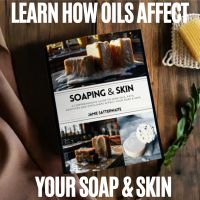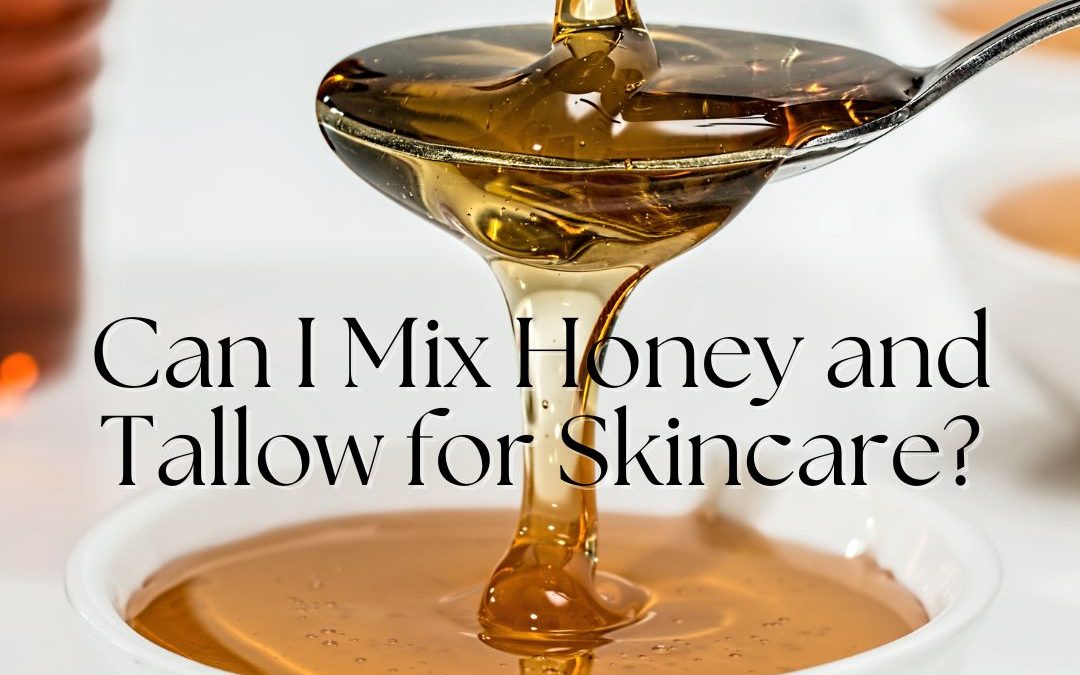
by Jamie Satterwaite | Jan 12, 2025 | DIY, Soaping
Honey and tallow are both celebrated for their remarkable skincare benefits. Honey, with its natural humectant properties and antibacterial benefits, and tallow, rich in nourishing fatty acids, seem like a match made in skincare heaven. But if you’ve ever tried mixing the two, you’ve likely encountered a frustrating challenge: they don’t combine easily. Why is that? Let’s explore the science behind mixing honey and tallow, why you need an emulsifier, and why a preservative is essential for a safe and effective product.
(more…)
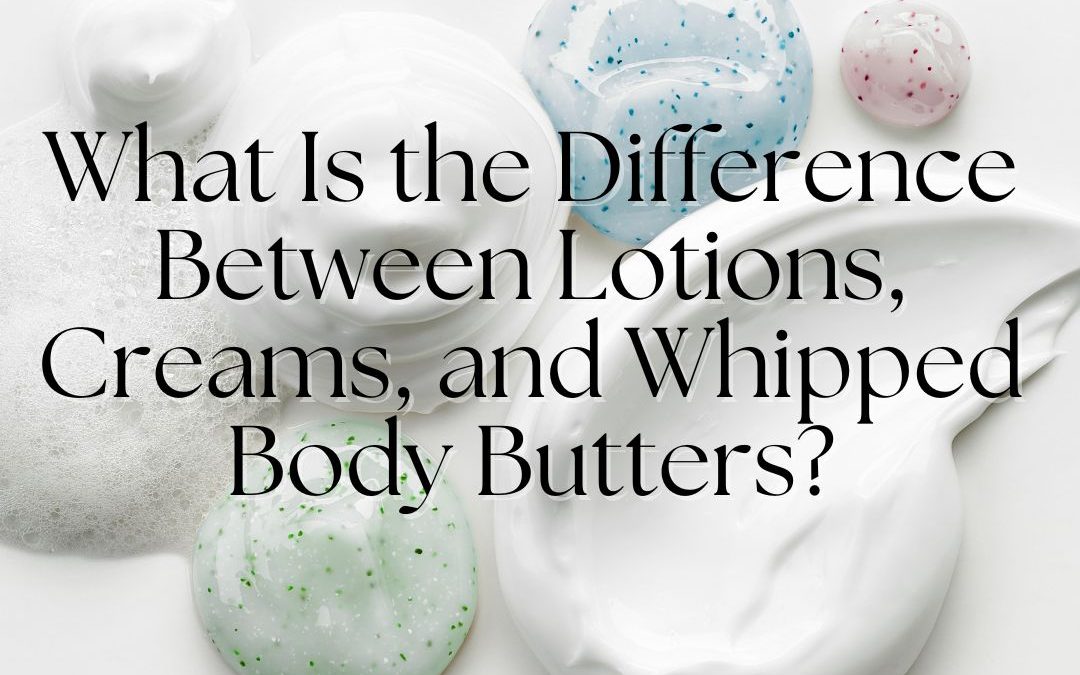
by Jamie Satterwaite | Jan 12, 2025 | DIY, Soaping
When it comes to skincare, choosing the right product can be overwhelming. With so many options like lotions, creams, whipped body butters, balms, and salves, understanding their differences can help you make the best choice for your skin’s needs. In this blog post, we’ll break down the unique properties of each product, their benefits, and ideal uses. Let’s dive into what sets these skincare staples apart.
(more…)
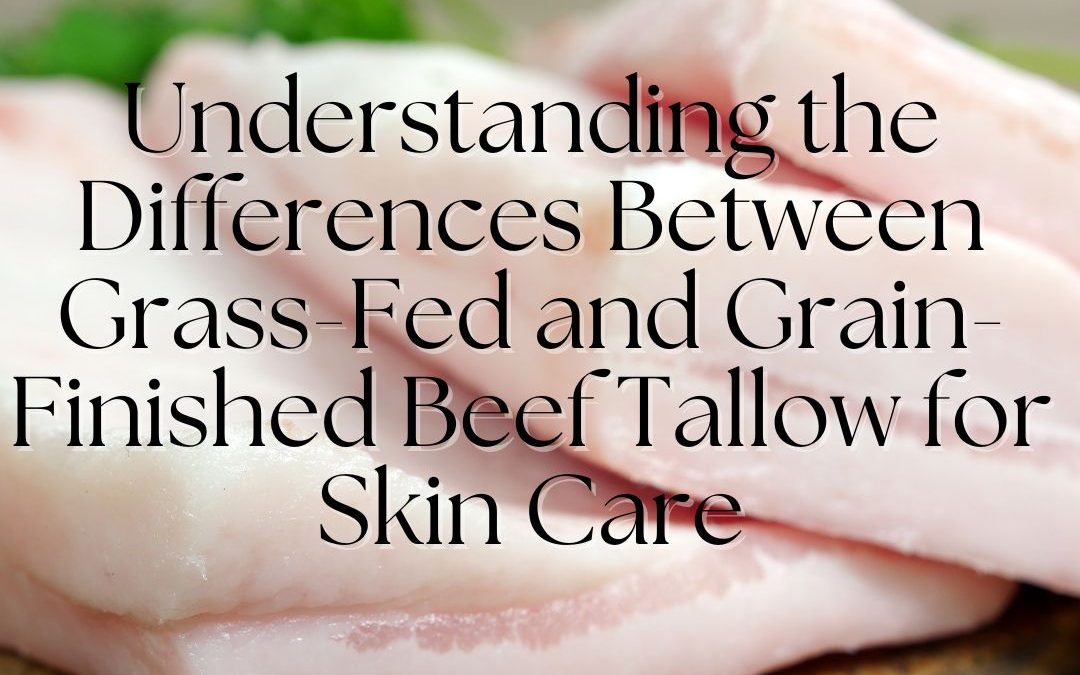
by Jamie Satterwaite | Jan 10, 2025 | DIY, Herbs & Oils, Soaping
Beef tallow has become a favorite ingredient in natural skincare, known for its nourishing properties and compatibility with human skin. However, the diet of the cattle—whether grass-finished or grain-finished—plays a significant role in the quality and benefits of the tallow. In this blog, we’ll explore the differences between grass-finished and grain-finished beef tallow, focusing on their skin benefits and their respective pros and cons.
(more…)

by Jamie Satterwaite | Jan 9, 2025 | DIY, Soaping
If you’re considering selling your handmade skin care products online, choosing the right platform is a crucial first step. Each platform has its unique strengths and limitations, including costs, ease of use, customization, and market reach. Below, we’ll break down the pros and cons of selling skin care products on Etsy, Shopify, and WooCommerce to help you make an informed decision.
(more…)
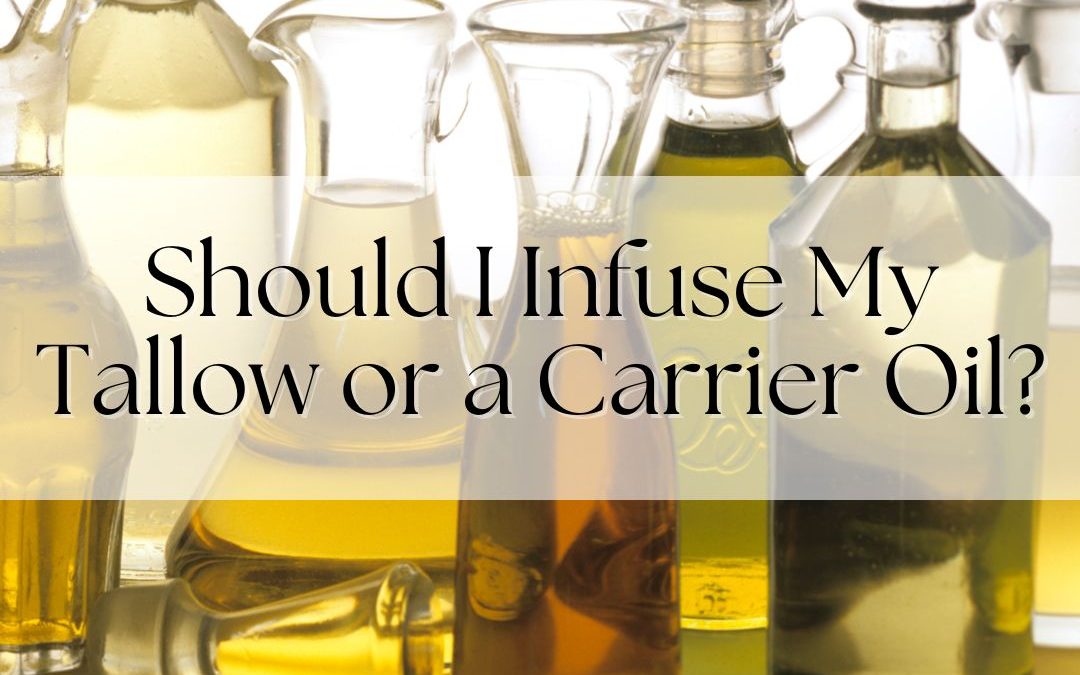
by Jamie Satterwaite | Jan 9, 2025 | DIY, Herbs & Oils, Soaping
When crafting skincare products, deciding whether to infuse herbs into tallow directly or a carrier oil is a common question. Each method offers unique benefits and considerations, so understanding the differences can help you choose the best approach for your needs. If you’ve ever wondered, “Should I infuse my tallow or a carrier oil?” this guide is for you.
(more…)
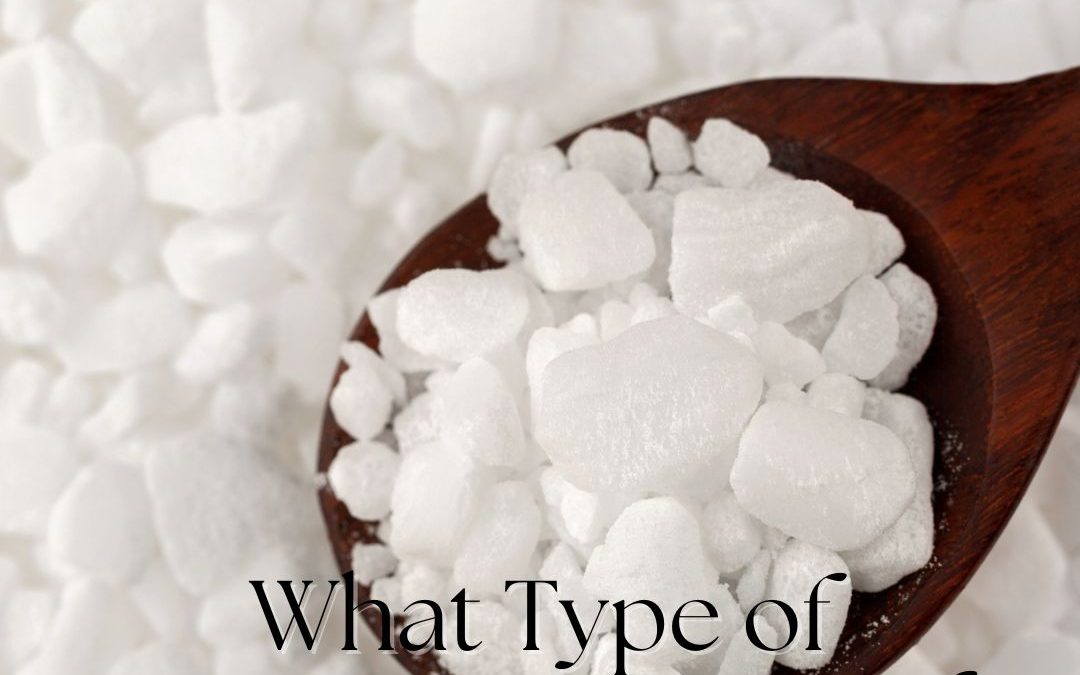
by Jamie Satterwaite | Jan 9, 2025 | DIY, Herbs & Oils, Soaping
Magnesium is a powerful ingredient in skincare, prized for its soothing, detoxifying, and nourishing properties. However, with so many forms of magnesium available, it can be challenging to determine which type is best suited for your skin’s needs. In this article, we’ll explore the main types of magnesium used in skincare and their specific benefits, helping you answer the question: What type of magnesium do I use for skin care?
(more…)
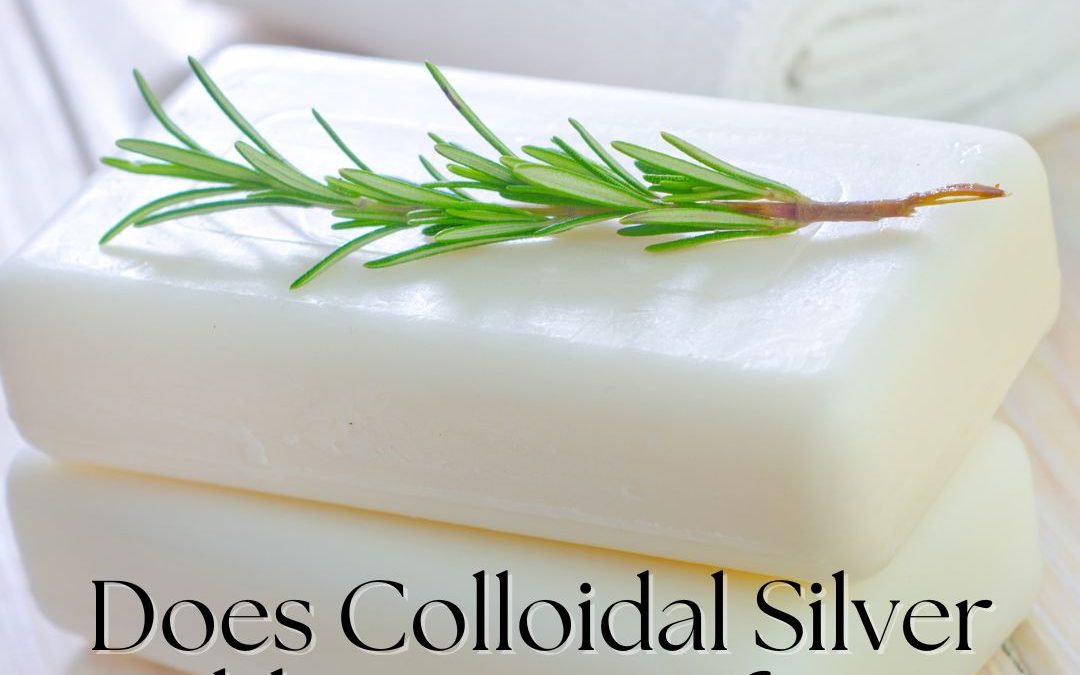
by Jamie Satterwaite | Jan 5, 2025 | DIY, Soaping
Colloidal silver has long been touted for its antimicrobial properties and is often marketed as a health supplement or topical remedy. With its growing popularity, some soap makers have begun adding colloidal silver to their cold process soap recipes. But does colloidal silver truly add any benefits to soap? Let’s dive into the science, soap making processes, and practical considerations to uncover the truth.
(more…)
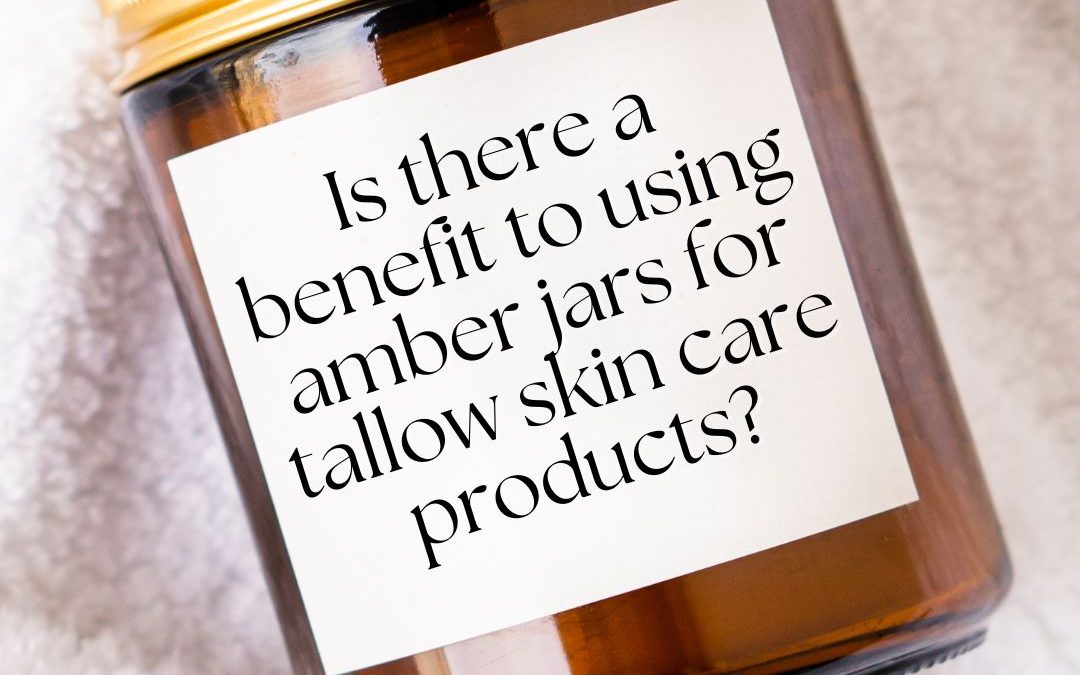
by Jamie Satterwaite | Jan 3, 2025 | DIY, Herbs & Oils, Soaping
When it comes to natural skincare, packaging matters as much as the product itself. For tallow-based skincare products, amber jars are an excellent choice that combines functionality, preservation, and aesthetics. Whether you’re crafting skincare for personal use or selling it to customers, using amber jars can make a significant difference in maintaining quality.
(more…)










